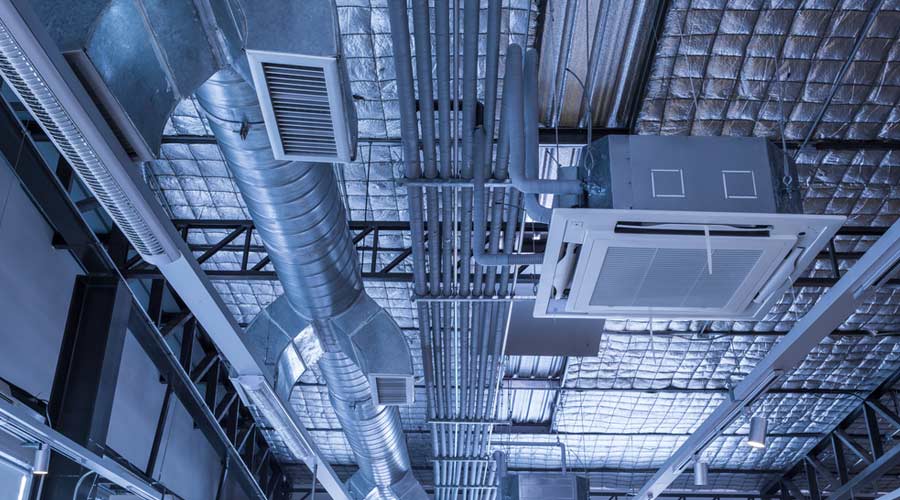Dangerously high temperatures have plagued the U.S. recently, creating an extra burden for HVAC systems to deal with. Hospitals have their HVAC systems running around the clock already, and this situation only adds to the demand put on these systems. What is more is these systems are even more vital to have running to keep patients and staff adequately cooled during these heat waves.
Unfortunately, as is true for any mechanical system, HVAC systems have a chance to fail. This was the case recently for Parkview LaGrange Hospital out in LaGrange, Indiana.
According to their press release, Parkview LaGrange Hospital had to shut down operations in the early morning on Friday, August 25 due to the air conditioning failing. As a safeguard, all hospital inpatients were relocated to other healthcare facilities. Any scheduled procedures or surgeries were rescheduled to a later date as well. The facility’s air conditioning unit was then completely replaced, allowing temperatures to return to comfortable levels. The hospital eventually reopened on August 28.
HVAC systems provide temperature regulation for healthcare facilities while also playing a major role in keeping patients comfortable. A temperature too hot or too cold will influence how a patient feels and even recovers.
“Maintaining consistent temperatures and humidity levels are essential elements in promoting patient comfort and recovery,” Michael Daly, chief technology officer at ECM Technologies, previously told Healthcare Facilities Today. “It has been demonstrated that patients in well-controlled environments generally show more rapid physical improvement than those in poorly controlled environments. HVAC systems play a vital role in controlling transmission of airborne infection. In many cases, proper air conditioning is viewed as an important factor in patient therapy.”
Additionally, facilities managers can face many different challenges with an HVAC system. According to David Santo, director of mechanical services at Siemens Smart Infrastructure USA, they are often challenged with trying to provide a high-quality indoor environment with aging HVAC systems and reduced budgets. These systems were not designed for precise controls in patient rooms or operating rooms. Limited budgets and lack of an in-house maintenance staff can lead to both outdated systems and deferred maintenance decisions.
Santo adds it can be rather difficult to “convince executive management to invest in improved systems when the old ones are still running, although upgrades could result in achieving core objectives of the institution such as improving patient outcomes.”
Then when these systems fail, it becomes paramount to repair or replace them. Though, regular maintenance can be done to possibly mitigate or prevent these large failures.
“Each facility is different, but at the absolute minimum, systems should have some degree of inspection every three months and thorough maintenance conducted annually,” As Steve Opromolla, mid-Atlantic sales engineer at Fujitsu, previously told Healthcare Facilities Today. “Depending on the outdoor environment and processes occurring indoors, monthly or even bi-weekly maintenance of things like air filters may be warranted.”
Regularly scheduled maintenance will help to diagnose and pinpoint any potential problems with an HVAC system. This in turn can aid in preventing major mechanical failures down the line, especially during times when these systems are needed the most.
Jeff Wardon, Jr. is the assistant editor for the facilities market.

 Grounding Healthcare Spaces in Hospitality Principles
Grounding Healthcare Spaces in Hospitality Principles UC Davis Health Selects Rudolph and Sletten for Central Utility Plant Expansion
UC Davis Health Selects Rudolph and Sletten for Central Utility Plant Expansion Cape Cod Healthcare Opens Upper 2 Floors of Edwin Barbey Patient Care Pavilion
Cape Cod Healthcare Opens Upper 2 Floors of Edwin Barbey Patient Care Pavilion Building Sustainable Healthcare for an Aging Population
Building Sustainable Healthcare for an Aging Population Froedtert ThedaCare Announces Opening of ThedaCare Medical Center-Oshkosh
Froedtert ThedaCare Announces Opening of ThedaCare Medical Center-Oshkosh